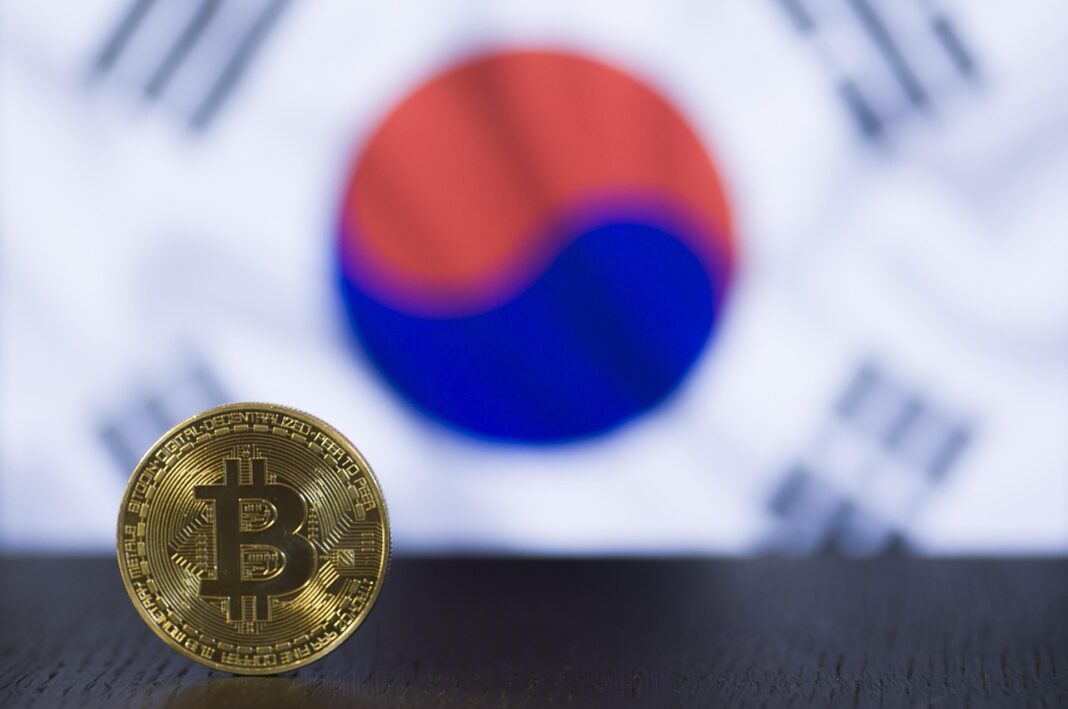Tokenomics, the study and design of a cryptocurrency or token’s economic system, is constantly evolving. As the digital asset landscape matures, so too do the mechanisms and strategies employed to incentivize participation, manage supply, and drive long-term value. Staying ahead of the curve requires understanding the latest trends in tokenomics and how they can be applied to new and existing projects. This blog post will delve into the most important tokenomics trends shaping the future of blockchain and cryptocurrency.
The Rise of Dynamic Tokenomics
What is Dynamic Tokenomics?
Dynamic tokenomics refers to token models that aren’t static but rather adjust their parameters based on real-time market conditions and network performance. Instead of fixed supply, inflation rates, or reward structures, dynamic models use algorithms and governance mechanisms to adapt to changing circumstances. This allows projects to be more resilient and responsive to volatility and user behavior.
Examples of Dynamic Mechanisms
- Adaptive Inflation: Adjusting the token issuance rate based on network activity, user growth, or validator performance. Projects like Algorand utilize a governance system that can adjust inflation based on community proposals and votes.
- Dynamic Fee Structures: Modifying transaction fees based on network congestion to prioritize transactions and prevent spam. Ethereum’s EIP-1559 introduced a base fee that algorithmically adjusts based on block congestion, burning a portion of the fees and reducing the supply.
- Adaptive Reward Systems: Changing staking rewards or liquidity mining incentives based on token price, trading volume, or other predefined metrics. This can help stabilize the token price and encourage long-term holding.
Benefits of Dynamic Tokenomics
- Increased resilience to market volatility
- Optimized incentives for user participation
- Enhanced token price stability
- Improved long-term sustainability
The Importance of Governance in Tokenomics
Decentralized Autonomous Organizations (DAOs) and Tokenomics
DAOs play a crucial role in managing and evolving tokenomics models. By distributing decision-making power to token holders, DAOs ensure that changes to tokenomics are aligned with the community’s interests and needs.
How Governance Impacts Token Design
- Voting Mechanisms: Token holders can vote on proposals to modify token supply, staking rewards, fee structures, and other key parameters. Snapshot is a popular off-chain voting tool used by many DAOs.
- Proposal Submission: Community members can submit proposals for changes to the tokenomics model, fostering innovation and adaptability.
- Treasury Management: DAOs control the allocation of funds in the project’s treasury, which can be used to incentivize development, marketing, and community initiatives.
Examples of Governance in Action
- MakerDAO: MKR token holders govern the Maker Protocol, including adjusting stability fees and collateralization ratios for DAI, the decentralized stablecoin.
- Compound: COMP token holders can propose and vote on changes to the protocol’s interest rate models, collateral factors, and listing of new assets.
Key Takeaways for Governance in Tokenomics
- Transparency is crucial for building trust and encouraging participation.
- Clear communication of proposed changes and their potential impact is essential.
- Robust voting mechanisms are needed to ensure fair and representative decision-making.
Utility and its Expanding Definitions
Beyond Transaction Fees: Expanding Utility
While using a token for transaction fees is a common utility, projects are now focusing on creating more innovative and engaging utility functions. This includes access to exclusive features, governance rights, staking rewards, and participation in ecosystem activities.
Different Types of Token Utility
- Access Tokens: Granting access to premium content, features, or services within a platform. For example, Basic Attention Token (BAT) rewards users for their attention and provides advertisers with a way to reach a targeted audience.
- Governance Tokens: Empowering token holders to participate in decision-making processes.
- Staking Tokens: Rewarding users for securing the network by staking their tokens.
- Reward Tokens: Incentivizing specific behaviors or contributions to the ecosystem.
- Burn Mechanisms: Reducing total supply through burning, increasing scarcity and value.
Examples of Innovative Utility
- NFTs with Utility: NFTs that provide access to exclusive events, community memberships, or in-game items.
- DeFi Tokens with Utility: Tokens that offer yield farming opportunities, access to lending and borrowing protocols, or governance rights.
Practical Tip for Utility Design
Focus on creating utility that is directly tied to the core value proposition of the project. The more essential the token is to the functioning and growth of the ecosystem, the stronger its long-term value will be.
Sustainability and Long-Term Value
The Shift Towards Sustainable Token Models
Projects are increasingly prioritizing sustainability and long-term value creation over short-term hype and speculative gains. This involves designing tokenomics models that incentivize long-term holding, responsible governance, and continuous ecosystem growth.
Key Considerations for Sustainable Tokenomics
- Token Distribution: Fair and equitable distribution of tokens to prevent excessive concentration of wealth.
- Vesting Schedules: Gradual release of tokens over time to prevent sudden sell-offs and price volatility.
- Inflation Control: Managing inflation rates to maintain a healthy balance between incentivizing participation and preserving token value.
- Treasury Management: Prudent management of the project’s treasury to fund development, marketing, and community initiatives.
Examples of Sustainability-Focused Tokenomics
- Proof-of-Stake (PoS) Networks: Rewarding validators for securing the network with block rewards, promoting long-term alignment with network success.
- Decentralized Autonomous Organizations (DAOs): Empowering token holders to collectively manage the project’s resources and guide its future direction.
Actionable Strategies for Long-Term Value
- Focus on building a strong and engaged community.
- Continuously develop and improve the project’s core functionality.
- Prioritize transparency and open communication.
Conclusion
Tokenomics is a critical element in the success of any blockchain or cryptocurrency project. By understanding and applying the latest trends in dynamic tokenomics, governance, utility, and sustainability, projects can create robust and resilient token models that drive long-term value and incentivize participation. As the digital asset landscape continues to evolve, staying informed and adaptable is essential for navigating the complexities of tokenomics and building thriving decentralized ecosystems.




